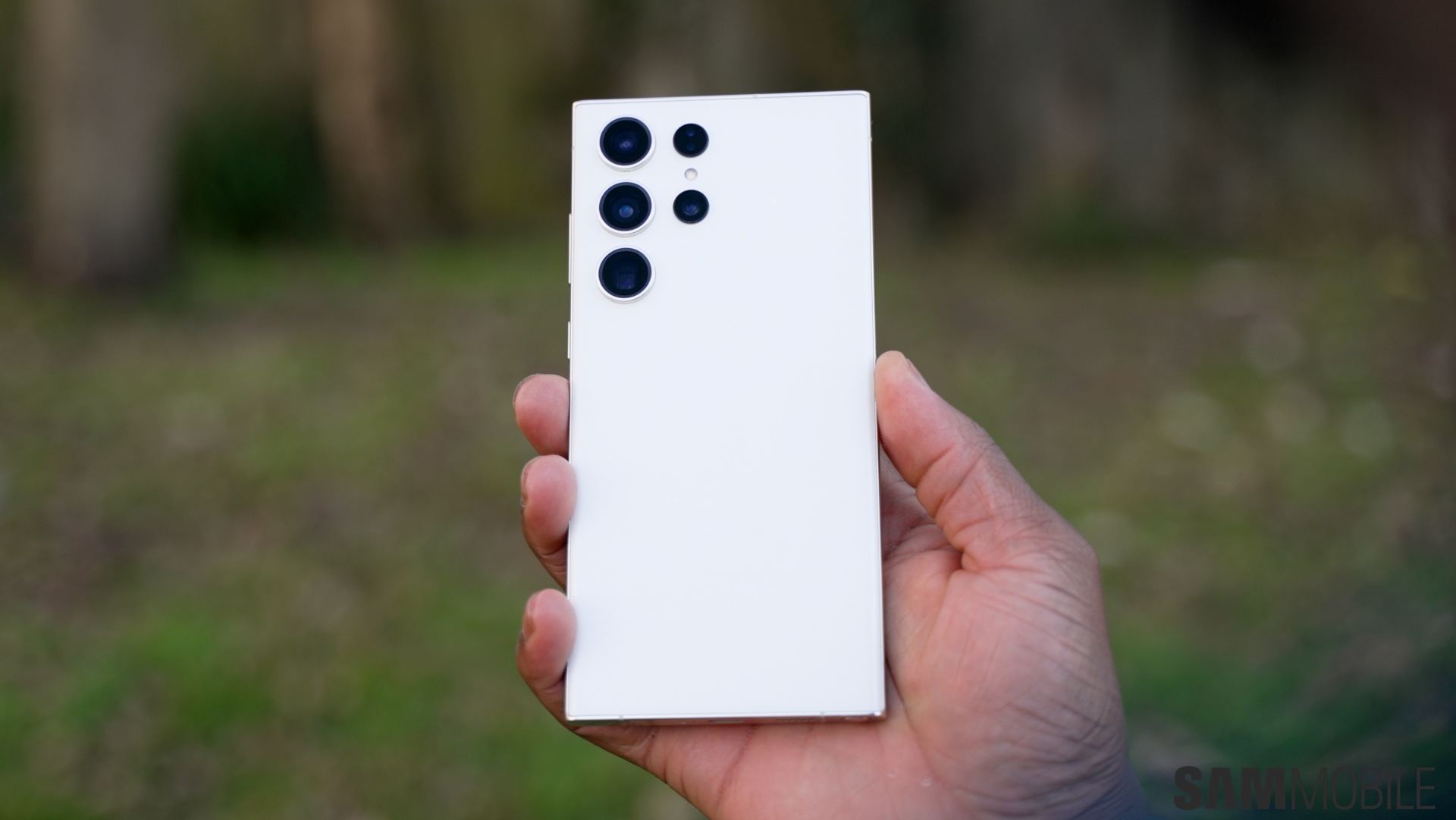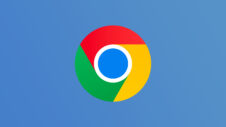The mobile industry has gone through a massive process of elimination over the past two decades. The diversity of manufacturers and operating systems has reduced to the Android and Apple duopoly. Companies that once led the industry, such as Sony, Nokia, LG, BlackBerry, etc, no longer exist in this industry, even though some of them did try to adopt Android too but that wasn't enough to sustain them.
Android had to face an uphill battle to become the best of the rest. Google managed to do it through its sheer technological and financial muscle. It also didn't hurt that most of the online services that billions of people across the globe relied upon daily were also owned by Google. The company milks this vertical integration for all its worth to ensure that Android remains the only other option after iOS.
Android is an open platform. Anyone can make Android phones and they just need to license the operating system from Google. This liberal approach helped Android achieve massive market share. There are manufacturers you may haven't even heard of that sell insane amounts of low-end and mid-range phones. Then you have the like of Samsung that single-handedly dominate the Android device manufacturer landscape.
As the landscape matured over the past decade, manufacturers consistently stuck to one strategy to sell as many devices as they could. They weren't just competing against Apple in the high-end segment. They also had to face competition from other Android manufacturers that was intense and relentless. That's what brought us the specs rat race.
Manufacturers started padding the spec sheets and the marketing folks would make that the basis of why their phones were better than the rest. It became more about how much RAM a phone had, how much faster it charges, how many cameras there were and what were the megapixel counts on them, how many cores the chipset had even though the average user probably doesn't even know what cores do. It was a simplistic approach but it worked well. Tell people your phone has more of a particular thing and they'll believe that more always equals to better.
Even as Android manufacturers indulged in this fanciful extrapolation, Apple's strategy remained the opposite for the most part. For example, it never made a big deal about how much RAM the iPhones had. The company wouldn't even mention it. It was only when new iPhones were put through a teardown did people find out how much RAM they had, but the Apple customer had already been conditioned to not care about it.
The Android customer has also evolved over the years. Specs alone aren't as enticing as they used to be. Chinese OEMs have always tried to differentiate their phones based on bigger and better specs. For example, a Samsung mid-range phone may have 6GB RAM and a Chinese equivalent priced lower than that would offer 8GB, but the OS and hardware would be so unoptimized that there wouldn't be any clear advantage.
Samsung never really jumped on this bandwagon but did strategically use elements of it to its advantage. For instance, it didn't feel bothered enough to even respond to the outrageously high charging speeds the Chinese were pushing. The “awesome screen, an awesome camera, long lasting battery life” jingle it made for Galaxy A series models drove that point home very well. It didn't resort to numbers outright but very efficiently told customers why this mid-range series was better than its competition.
The marketing angle is much more important and that's what Samsung has done a great job of figuring out. It didn't let the Chinese OEMs bait it into doing exactly what they were doing. Samsung studied their methods and took an approach that was more creative and memorable. So despite the Chinese OEMs padding their spec sheets and competing aggressively on price, they still couldn't take away Samsung's crown as the most profitable Android OEM.
Customers also rate the overall experience highly now. They know that with Samsung they get the best software update policy of any Android manufacturer, a global retail and service network, as well as a wealth of additional experiences made possible by Samsung's collaborations with leading tech companies in the US and Europe.
There's perhaps no other Android manufacturer that offers such a comprehensive ownership experience, not even Google itself, and that's a testament to how crucial Samsung has been to Android's success. People no longer care about the latest specs only, they need the whole package, and Samsung provides it to them.
The problem for Android is that most of its other OEMs, even the big ones, don't. In that case, either the market share flows to Samsung and stays within the Android ecosystem, or it goes to iOS, and thus into Apple's walled garden. Google may not have enough leverage on its OEMs to make them change their strategies so it could rely on the synergy between Android and its other services to make sure that users don't leave the nest.






